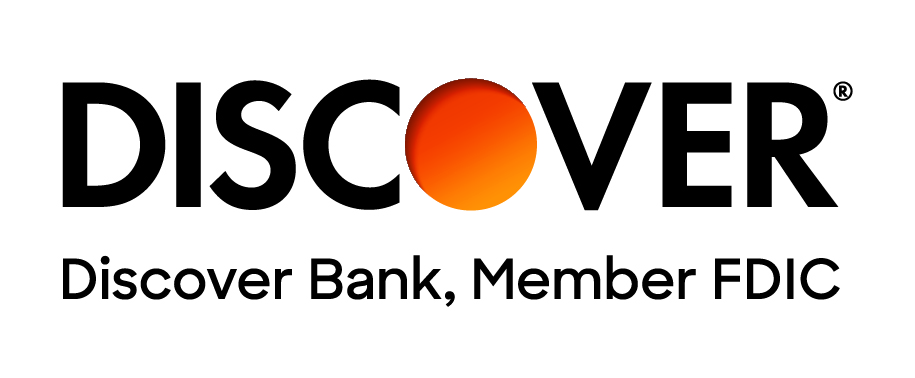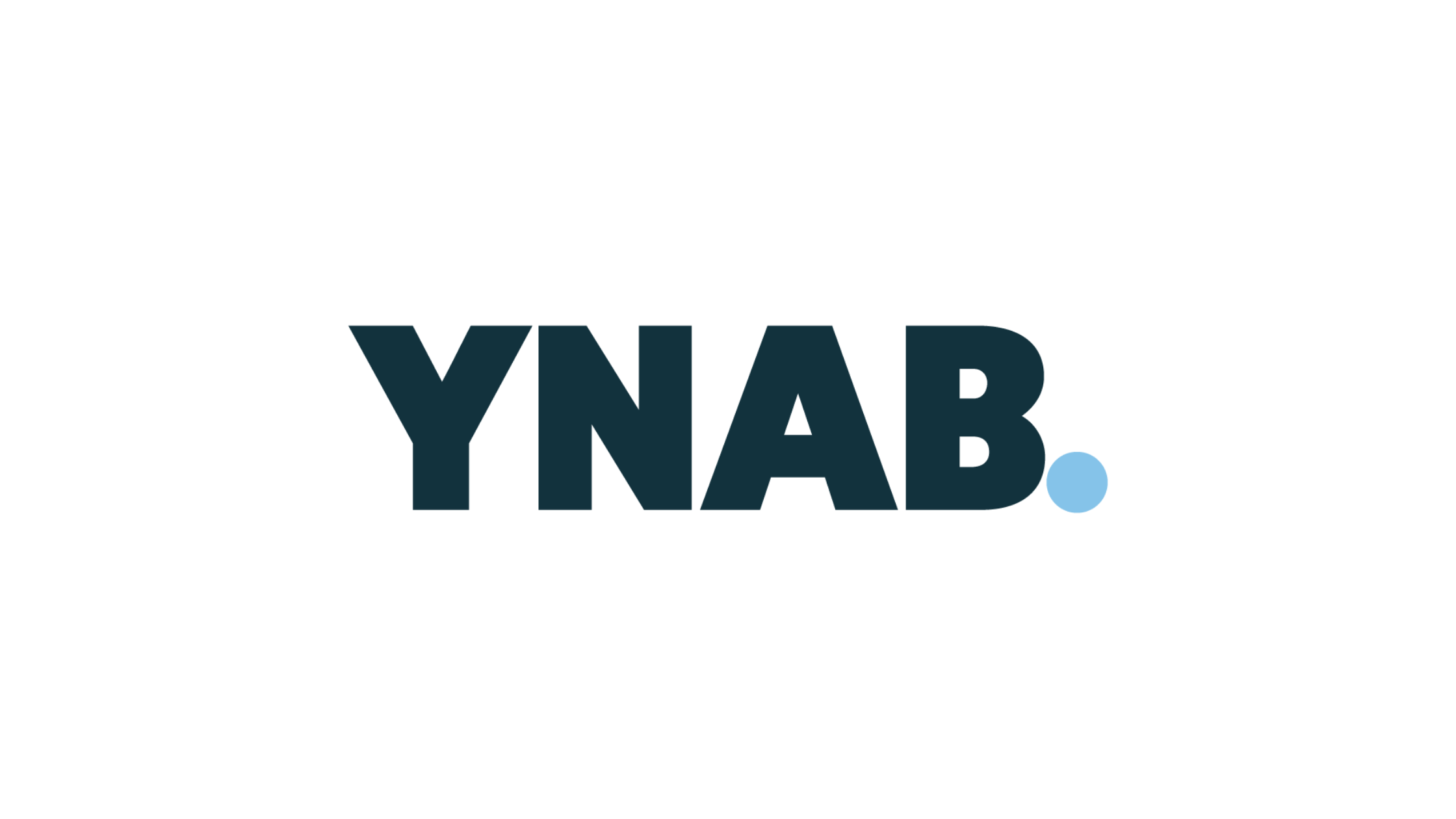Yesterday, a federal appeals court blocked the SAVE Plan. They ruled that the Biden administration did not have the authority to establish the SAVE income-driven repayment plan. The SAVE Plan offered lowest monthly payments for most borrowers, curbed "runaway" interest, and provided accelerated paths to loan forgiveness.
In addition to the block on the SAVE Plan, the court’s decision carries further implications. Forgiveness offered under Income-Contingent Repayment (ICR) and Pay As You Earn (PAYE) have been paused as a result of the ruling.
Let's breakdown at the fall-out of the court’s ruling on the SAVE Plan.
SAVE Plan Legal Challenges
For the past several months, the SAVE Plan has had two on-going legal challenges. These legal challenges were not resolved prior to the end of the Biden administration and have been on-going.
On Tuesday, the U.S. Court of Appeals for the Eighth Circuit ruled against the SAVE Plan. Circuit Judge Grasz clarified that the SAVE Plan, which was established by modifying the existing ICR Plan, does not grant the Secretary the power to authorize loan forgiveness through ICR. The SAVE Plan was not the only repayment program built upon the ICR framework. The PAYE Plan was also created using the ICR Plan as its foundation.
Since the ICR Plan does not permit forgiveness at the end of the repayment period, forgiveness is not available under the SAVE, PAYE, or ICR plans.
The Creation of the ICR Plan
The ICR plan, implemented in 1994 under the Clinton administration, was the earliest income-driven repayment options for student loan borrowers. It marked a significant shift by allowing monthly payments to be determined based on a borrower's income rather than their total loan balance.
When introduced, this repayment plan's structure was somewhat confusing. Borrowers had their monthly payments calculated as the lesser of two options: either 20% of their discretionary income or the amount they would pay under a 12-year fixed repayment plan. Discretionary income for ICR is defined as the difference between the borrower's income and 100% of the federal poverty guideline for their state and family size. Payments could be as low as $5, and the interest rate on the loans remained unchanged. The plan also featured a 25-year repayment period, after which any remaining loan balance would be forgiven.
As other income-driven plans were created, the ICR plan has been often considered the most expensive option among them. Yet, it serves a specific purpose for borrowers with higher incomes who may not qualify for other income-driven plans with stricter income requirements.
It has also been particularly valuable for borrowers with Parent PLUS Loans aiming to qualify for Public Service Loan Forgiveness (PSLF). To achieve PSLF, borrowers must make 120 qualifying payments under an eligible repayment plan, such as the 10-year standard plan or any income-driven repayment plan. While Parent PLUS Loans are not technically eligible to be repaid under income-driven repayment plans, they can become eligible if consolidated into a Direct Consolidation Loan. Once consolidated, the consolidation loan can be repaid under the ICR plan, making it a crucial option for Parent PLUS borrowers seeking PSLF.
The Affected Borrowers
Approximately 8 million borrowers are enrolled in the SAVE Plan. As the SAVE Plan is blocked, they will need to determine how to manage their repayment strategies after this ruling. Borrowers enrolled in SAVE have been in an interest-free forbearance due to ongoing legal challenges. This forbearance is expected to continue until at least September 2025, with repayments anticipated to resume in December 2025. Currently, the Trump administration’s plans for transitioning these borrowers back to repayment remain unclear.
Approximately 2.5 million borrowers are currently enrolled in the ICR and PAYE repayment plans. However, the U.S. Department of Education has announced that forgiveness for these borrowers will not be processed at this time as a result of this court ruling. Instead, once borrowers complete their required 20 or 25 years of payments under either plan, they will be placed in an interest-free forbearance, according to the Department's guidance.
Borrowers enrolled in income-based repayment (IBR) are not affected by this ruling. IBR is an income-driven repayment plan that was authorized through the College Costs Reduction and Access Act of 2007, meaning, the plan was established by law. The Department has indicated that they will continue to administer that plan and will process forgiveness once a borrower completes their repayment term.
This ruling does not impact borrowers pursuing Public Service Loan Forgiveness (PSLF). Payments made under an income-driven repayment plan will still count as qualifying payments toward forgiveness, provided the borrower meets all other eligibility requirements.
Moving Forward
Borrowers are likely to have many questions about this ruling and how it affects their repayment strategies. While we don’t have all the answers yet, it’s crucial for those relying on these plans with hopes of forgiveness to stay updated on any future changes that may impact them.







